Technology
Amazon’s Project Kuiper Takes Flight with ULA Atlas V Rocket Launch to Rival Starlink

April 28, 2025 – The ULA Atlas V Amazon rocket launch marked a significant milestone for Amazon’s Project Kuiper on April 28, 2025, as the company successfully launched its first batch of production satellites from Cape Canaveral Space Force Station. This rocket launch today carried 27 satellites into low Earth orbit, positioning Amazon to compete directly with SpaceX’s Starlink internet service. The Kuiper launch, executed by United Launch Alliance (ULA), underscores Amazon’s ambitious plan to build a satellite internet constellation and challenge Starlink satellites in the rapidly growing broadband market, a sector increasingly critical in today’s digital landscape.
The rocket launch took place at 7 p.m. EDT (2300 GMT), after weeks of delays due to weather concerns and launch range availability. A report from The New York Times noted that the Atlas V launch utilized ULA’s most powerful configuration, the Atlas V 551, featuring five solid rocket boosters to lift the 27 Kuiper satellites into orbit. This Amazon rocket launch Cape Canaveral event was the first to deploy fully operational Kuiper spacecraft, following the launch of two prototype satellites in October 2023. Amazon aims to establish a constellation of 3,236 satellites to provide global broadband access, directly competing with Starlink, which currently dominates the market with over 5,000 satellites in orbit and more than 2 million customers worldwide. The competition in satellite internet mirrors broader trends in space technology innovation, where companies are racing to bridge the digital divide.
Project Kuiper’s launch today is a critical step toward Amazon’s goal of offering high-speed internet to underserved regions, businesses, and governments. The company has committed over $10 billion to the project, which will require more than 80 launches to complete its constellation. A CNN article highlighted that Amazon’s efforts come at a time when Starlink launch activities have set a high bar, with SpaceX frequently deploying Starlink satellites to expand its network. However, Amazon’s partnerships with ULA, Arianespace, Blue Origin, and even SpaceX for future launches demonstrate its determination to catch up. The ULA launch on April 28 was a testament to Amazon’s strategic push, with the company planning additional rocket launches later this year, including a potential rocket launch tonight or in the coming months using ULA’s Vulcan rocket.
Key Details of the Kuiper Launch
Here’s a breakdown of the Atlas V launch and its implications:
- Launch Details: The ULA Atlas V Amazon rocket launch deployed 27 Kuiper satellites at 7 p.m. EDT from Cape Canaveral.
- Constellation Goal: Amazon plans to deploy 3,236 satellites to rival Starlink internet.
- Competition: Starlink currently leads with over 5,000 satellites and 2 million users.
- Future Plans: Amazon has eight more Atlas V launches scheduled, with Vulcan rocket launches expected later this year.
The rocket launch on April 28 was not without challenges. Earlier attempts were scrubbed due to offshore thunderstorms, a common hurdle in spaceflight operations, as noted in a recent cybersecurity report that also touched on infrastructure vulnerabilities. ULA CEO Tory Bruno described the Atlas V 551 as the “Bruiser” configuration, emphasizing its capability to handle the heavy payload of Kuiper satellites. The successful Atlas V launch paves the way for Amazon to meet Federal Communications Commission (FCC) requirements, which mandate launching at least half of its constellation by July 2026 to begin customer service. This timeline puts pressure on Amazon to accelerate its Amazon rocket launch schedule, especially as Starlink continues to expand its global reach.
The broader implications of the Kuiper launch extend beyond Amazon’s immediate goals. The company is targeting a diverse customer base, including consumers, corporations, and governments, much like Starlink has done with its service in regions like Ukraine. However, Amazon faces unique challenges, including geopolitical tensions surrounding Starlink owner Elon Musk, which could give Kuiper an edge in markets seeking alternatives. Amazon has also established Kuiper Government Solutions (KGS) to cater to government needs, partnering with L3Harris Technologies to offer secure networking solutions. This strategic move positions Amazon to compete not only with Starlink but also with other players like Eutelsat’s OneWeb in the satellite internet race.
The ULA partnership is a cornerstone of Amazon’s launch strategy, with eight more Atlas V launches planned before transitioning to the Vulcan rocket, which can carry 45 satellites per mission. The rocket launch today also showcased ULA’s reliability, with the company aiming for 11–13 launches in 2025, split between Atlas and Vulcan rockets. Amazon’s use of multiple launch providers, including a controversial contract with SpaceX for future Starlink launch-style missions, reflects the competitive and collaborative nature of the space industry, a dynamic also evident in AI-driven space tech advancements.
The successful Atlas V launch on April 28 marks a pivotal moment for Amazon’s Project Kuiper, setting the stage for a heated competition with Starlink in the satellite internet market. As Amazon ramps up its rocket launch efforts, the coming years will test its ability to meet regulatory deadlines, win over customers, and navigate the geopolitical challenges that have impacted its rival. For space enthusiasts, the launch today was a thrilling step forward, with more rocket launches expected soon. What’s your take on Amazon’s challenge to Starlink? Will Project Kuiper succeed in closing the gap, or will SpaceX maintain its lead? Share your thoughts in the comments, and let’s discuss the future of satellite internet.
Technology
WhatsApp Web to Introduce Voice and Video Calling, Enhancing User Experience
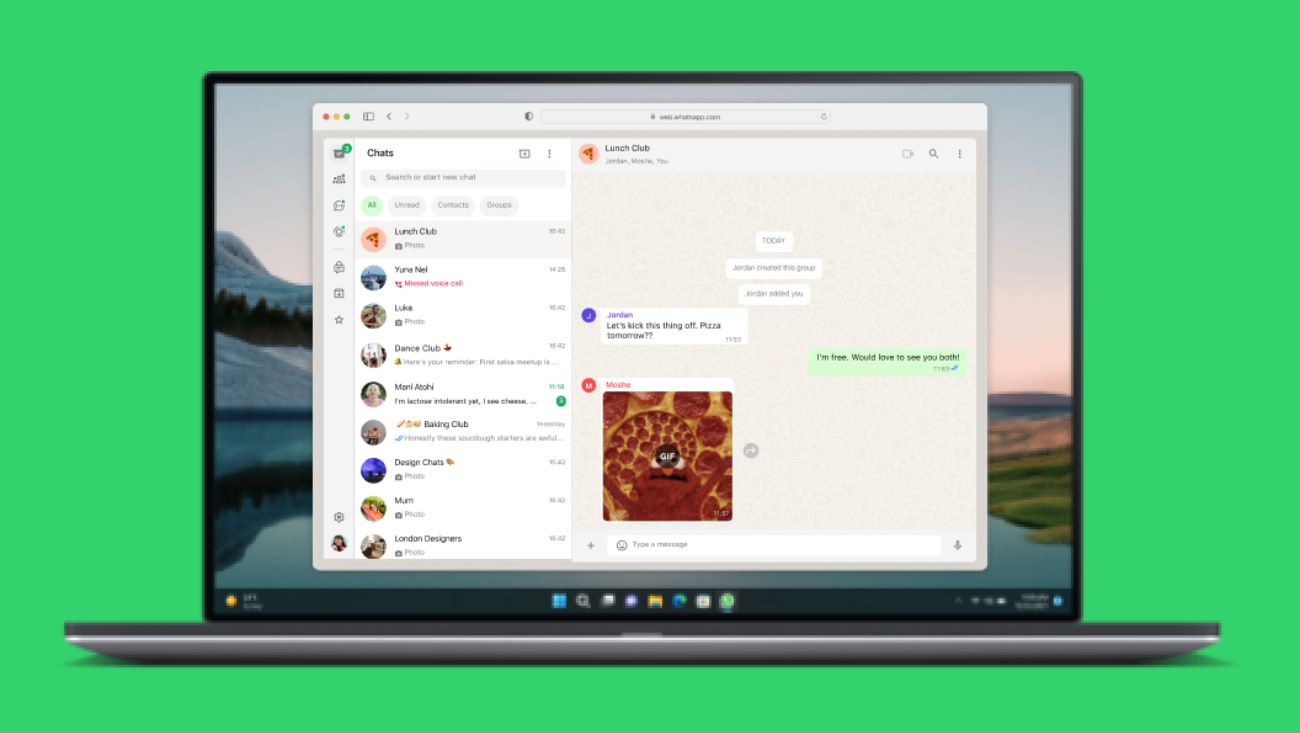
April 29, 2025 – WhatsApp is set to revolutionize its web client by introducing voice and video calling capabilities, allowing users to make calls directly from their browsers without relying on the mobile app. This long-awaited feature, currently in development, aims to streamline communication for millions of users worldwide, aligning WhatsApp with the growing demand for seamless digital connectivity solutions. The update reflects WhatsApp’s ongoing efforts to enhance its platform, especially for professionals and remote workers who rely on web-based tools for collaboration.
The new feature, discovered by WABetaInfo, marks a significant departure from the current limitations of WhatsApp Web, which allows messaging and media sharing but lacks direct calling functionality. Users have long been able to make voice and video calls through WhatsApp’s native desktop apps for Windows and macOS, but browser-based calling has remained unavailable—until now. The update will enable users to place calls directly from browsers like Chrome, Safari, and Edge, offering a more unified experience across devices. This development comes at a time when WhatsApp is also rolling out other advanced features, such as enhanced privacy controls, to meet evolving user needs.
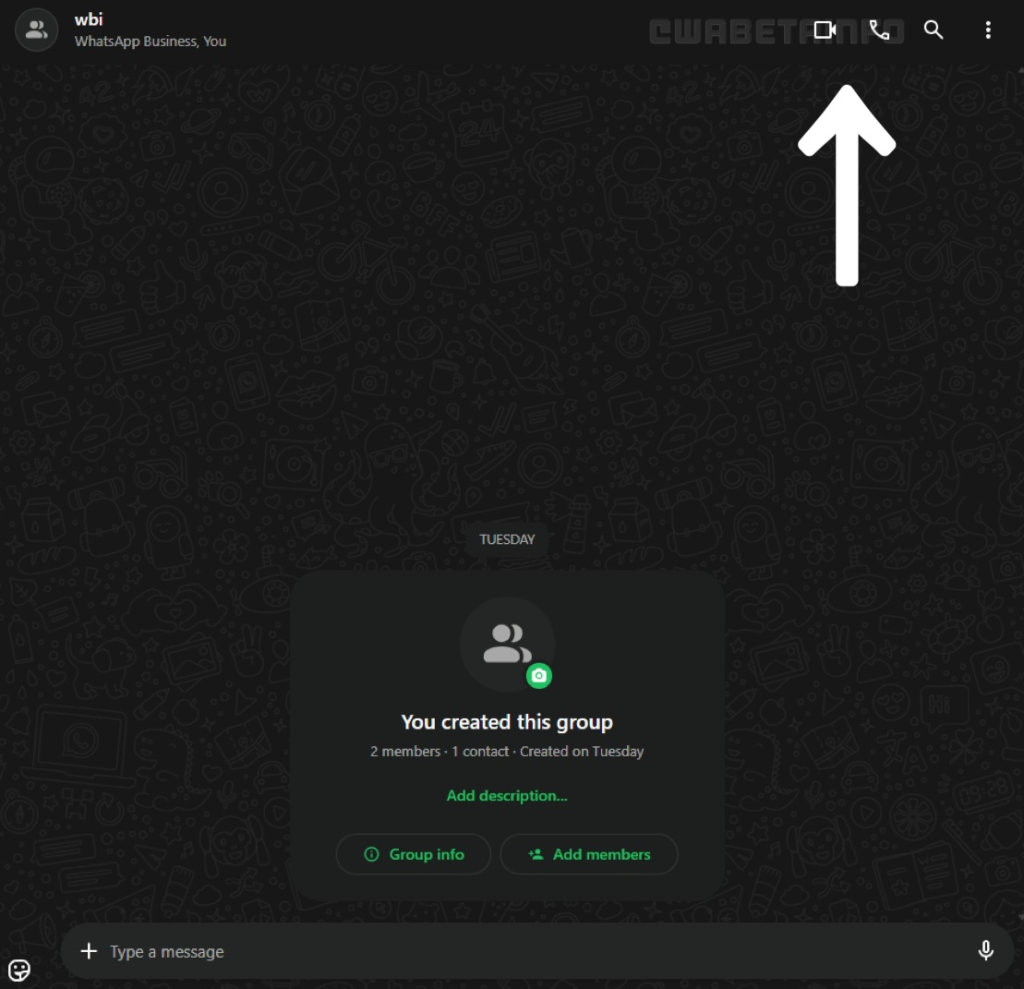
Photo: WABetaInfo
The introduction of voice and video calling to WhatsApp Web is expected to simplify workflows for users who prefer browser-based communication. A report from The Verge noted that WhatsApp has already implemented a streamlined call button in its mobile app’s beta version, replacing separate voice and video call buttons with a single icon that offers both options. This design change is likely to carry over to the web client, making it easier for users to initiate calls from individual or group chats. The feature will also allow users to switch between call types during conversations and manage calls directly from the browser, a functionality that could enhance productivity for remote teams and casual users alike.
Key Details and Expected Impact
Here’s a breakdown of the upcoming WhatsApp Web feature:
- Feature Overview: Voice and video calling directly from the web client, without needing the mobile app.
- Design: A streamlined call button for individual and group chats, offering both voice and video options.
- Compatibility: Expected to support major browsers like Chrome, Safari, and Edge.
- Rollout: Currently in development, with a release anticipated in the coming months.
The ability to make calls without the mobile app marks a significant upgrade for WhatsApp Web. It was reported that this update could allow users to access WhatsApp Web independently of their phones, a feature previously limited by the platform’s reliance on mobile connectivity. This change aligns with WhatsApp’s earlier multi-device beta, which enabled users to use the app on up to four devices without keeping their phone online. However, the web client’s calling feature will still require users to grant browser access to their microphone and camera, ensuring a seamless yet secure experience, a priority also evident in WhatsApp’s recent privacy enhancements.
The update is particularly timely given the rise in remote work and digital communication, trends that have accelerated since the pandemic. WhatsApp Web’s new calling feature could make it a more viable alternative to platforms like Zoom or Microsoft Teams for quick voice or video calls, especially for users already within the WhatsApp ecosystem. It was reported that the feature might also support group calls, allowing teams to collaborate directly from their browsers without switching platforms. This move could strengthen WhatsApp’s position in the competitive messaging market, where it already boasts over 2 billion users globally.
The development of this feature also highlights WhatsApp’s broader strategy to enhance its web platform. Recent updates to WhatsApp Web, such as a redesigned interface, have improved its usability, but the lack of calling capabilities has been a notable gap. By addressing this, WhatsApp aims to offer a more consistent experience across its mobile, desktop, and web versions, ensuring users can stay connected regardless of the device they use. This focus on cross-platform functionality mirrors trends in other tech sectors, such as AI-driven communication tools, where seamless integration is key to user satisfaction.
While the exact rollout date remains unconfirmed, the feature is expected to launch in the coming months, following WhatsApp’s typical beta testing phase. Early reports suggest that users may be able to initiate calls from the sidebar or directly within chats, with options to switch between voice and video during conversations. WhatsApp is likely to ensure end-to-end encryption for these calls, maintaining its commitment to security, a critical factor for users concerned about privacy in digital communication.
The introduction of voice and video calling to WhatsApp Web is a game-changer, offering users greater flexibility and convenience in how they connect. As WhatsApp continues to evolve, this update could redefine its role in both personal and professional communication, making it a more versatile tool for a global audience. The coming months will reveal how users adopt this feature and whether it can truly bridge the gap between mobile and web experiences. What’s your take on WhatsApp Web’s upcoming calling feature? Will it change how you use the platform? Share your thoughts in the comments, and let’s discuss the future of digital communication.
Technology
Apple Smart Glasses Move Closer to Reality with Apple Intelligence Integration
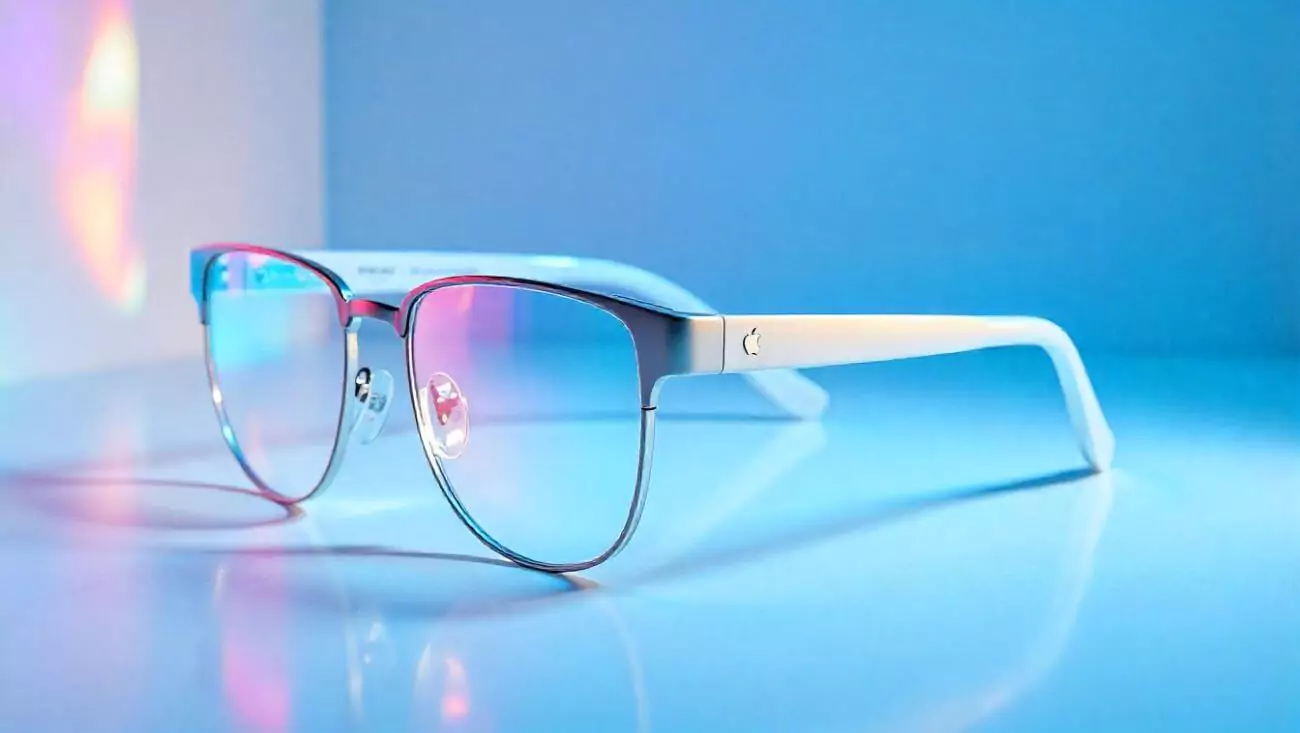
April 27, 2025, Cupertino, California – Apple is making significant strides toward launching its long-rumored smart glasses, with recent reports indicating that the company is actively developing a device that could integrate its Apple Intelligence technology. The project, which has been in development for years, aims to compete with existing smart glasses like Meta’s Ray-Ban collaboration while offering a sleek, iPhone-powered design that aligns with Apple’s ecosystem. As wearable technology continues to evolve, Apple’s entry into this space could redefine how users interact with augmented reality (AR) and AI in their daily lives.
According to 9to5Mac, Apple’s smart glasses project is moving closer to reality, with the company focusing on a device that relies on the iPhone for processing power, similar to the original Apple Watch. This approach minimizes the need for bulky hardware, allowing for a lightweight design that prioritizes comfort and style. The glasses are expected to feature Apple Intelligence, the company’s AI platform, which could enable features like real-time language translation, navigation overlays, and contextual notifications. This integration aligns with Apple’s broader AI strategy, as seen in Apple’s use of differential privacy to train its AI models while protecting user data.
The smart glasses are also expected to include advanced displays and sensors, as reported by WCCFTech. Apple is reportedly working on micro-LED displays to deliver high-quality visuals for AR experiences, such as displaying directions or notifications directly in the user’s field of view. Additionally, the glasses may incorporate cameras and microphones to support voice commands via Siri, which has been revamped with Apple Intelligence to handle more complex queries. This could make the glasses a seamless extension of the iPhone, much like how Google’s Gemini app uses lock screen widgets to enhance accessibility on iOS devices.
However, Apple faces significant challenges in bringing this product to market. Tom’s Guide highlights that Meta has a head start with its Ray-Ban smart glasses, which have gained popularity for their AI features and sleek design. Apple’s glasses will need to overcome hurdles like battery life, as shrinking the device means smaller batteries with limited capacity. To address this, Apple is exploring offloading processing to the iPhone, which could extend battery life while maintaining performance. This strategy mirrors trends in wearable tech, such as Boston Dynamics’ Atlas robot, which relies on external power sources for complex tasks like breakdancing.
Expected Features of Apple Smart Glasses
Here’s a breakdown of the anticipated features:
- Lightweight design powered by iPhone processing.
- Apple Intelligence integration for real-time AR features.
- Micro-LED displays for high-quality visuals.
- Cameras and microphones for Siri voice commands.
- Potential launch timeline of 2027 or later.
Despite the progress, Apple’s smart glasses are not expected to launch imminently. NewsBytes reports that the device may not hit the market until 2027, as Apple continues to refine the technology. The company is also working on underlying components like screens and silicon to ensure the glasses meet its high standards for design and functionality. This timeline aligns with Apple’s cautious approach to new product categories, as seen with the iPhone 17 Air mockups, which took years to develop before unveiling.
The smart glasses project reflects Apple’s broader vision for wearable technology, building on the success of the Apple Watch and AirPods. By integrating Apple Intelligence, the glasses could offer a seamless experience within Apple’s ecosystem, potentially setting a new standard for AR devices. However, Apple will need to address privacy concerns, a key focus for the company, especially as competitors like Meta face backlash over AI safety issues. As Apple continues to develop this technology, the tech world eagerly awaits a product that could transform how we interact with the digital world.
What do you think about Apple’s smart glasses project? Will it live up to the hype, or will Meta maintain its lead in the AR space? Share your thoughts in the comments, and stay tuned for more updates on Apple’s wearable ambitions.
Technology
Microsoft’s Windows 11 KB5055627 Update Brings AI-Powered Features to Copilot+ PCs
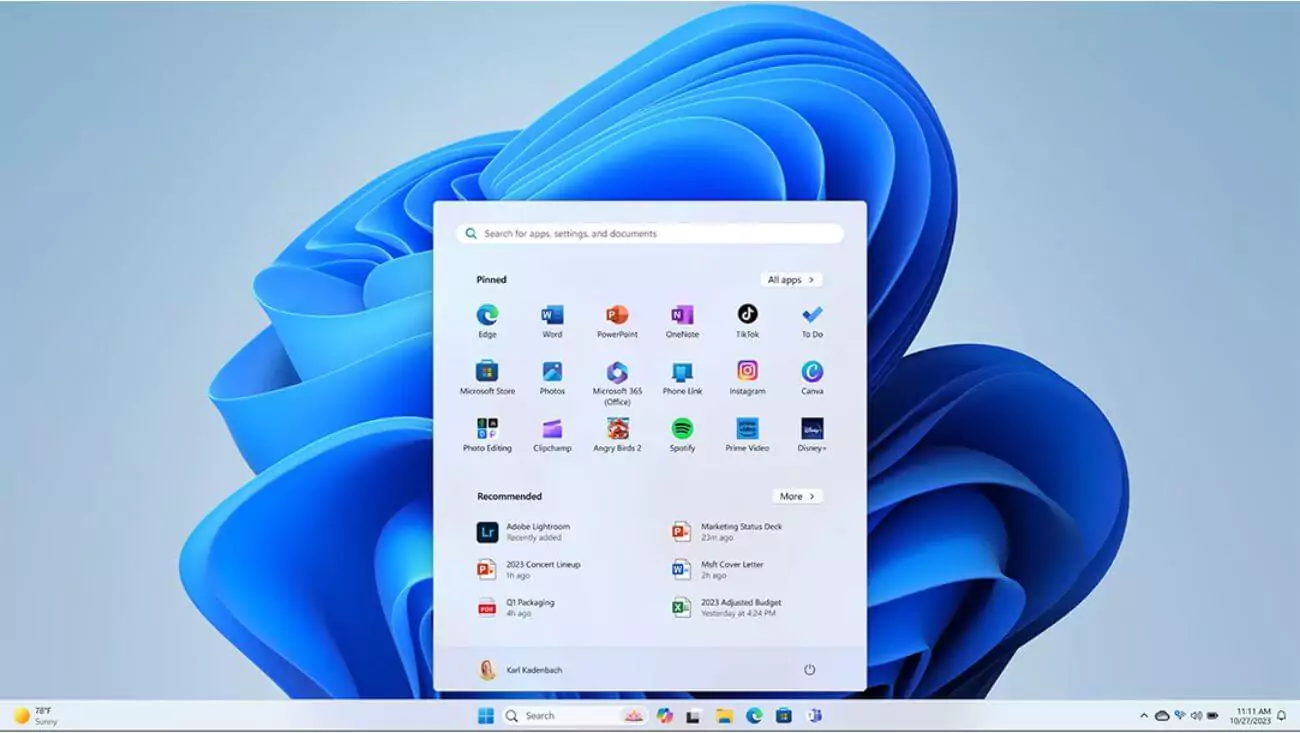
April 26, 2025, Redmond, Washington – Microsoft has released the KB5055627 update for Windows 11, introducing a range of AI-driven features and bug fixes aimed at enhancing productivity, particularly for Copilot+ PC users. This preview update, available through the Release Preview Channel, offers a glimpse into how AI is transforming computing experiences, making tasks like searching and multitasking more efficient.
The KB5055627 update, which brings Windows 11 24H2 to build 26100.3915, is an optional, non-security release, as detailed in Microsoft’s official support bulletin. Users can install it now to test its features before the mandatory rollout in May 2025 during Patch Tuesday. For those juggling multiple tasks across apps and devices, this update could streamline daily workflows significantly.
One of the standout features is Windows Recall, exclusive to Copilot+ PCs with a 40+ TOPS NPU. This AI-powered tool tracks activities across apps, websites, and documents, allowing users to search their history using natural language queries like “find the document I edited last week.” Microsoft has prioritized privacy by requiring users to opt-in and enroll in Windows Hello for secure access to activity snapshots, addressing concerns about AI data privacy. This focus on security is timely, especially as AI tools like Microsoft Copilot continue to evolve with new personal AI features.
The update also enhances Windows Search with semantic indexing, enabling natural language queries such as “show me photos from my summer trip.” This feature operates offline and now supports AMD and Intel-powered Copilot+ PCs, expanding its compatibility. For users who frequently search for files, this improvement could save time and reduce frustration. It builds on Microsoft’s broader AI initiatives, similar to how Apple is using AI for user data privacy in its ecosystem.
Beyond AI, the update improves device connectivity. A new mobile sidebar integrates with Phone Link and Link to Windows apps, allowing users to make calls, send SMS, and share content seamlessly between their PC and mobile devices. This feature could be particularly useful for those who rely on tools like WhatsApp for communication, which recently introduced advanced privacy controls. Additionally, the update fixes rendering issues in the Start menu for “Sign out” and “More options” buttons when text size is adjusted, enhancing accessibility. File Explorer now includes a “Recommended” section for Microsoft 365 files, making recent documents easier to access.
Key Features of KB5055627
Here’s a quick overview of the major updates:
- Windows Recall tracks activities for easy retrieval (Copilot+ PCs only).
- Enhanced Search supports natural language queries offline.
- Mobile sidebar enables calls and SMS via Phone Link.
- Bug fixes improve Start menu rendering and File Explorer usability.
For users interested in exploring other AI advancements, OpenAI’s GPT-4.1 launch offers a comparative look at how AI is shaping technology in 2025. Additionally, those looking to stay updated on tech trends might find value in learning about Instagram’s AI-driven teen detection features, which highlight the growing role of AI in digital platforms. As Microsoft continues to integrate AI into Windows 11, this update marks a step toward a more intuitive computing experience. Have you tried KB5055627? Share your thoughts in the comments below.
-

 AI3 months ago
AI3 months agoDeepSeek AI Faces U.S. Government Ban Over National Security Concerns
-

 Technology2 months ago
Technology2 months agoCOVID-Like Bat Virus Found in China Raises Fears of Future Pandemics
-

 Technology2 months ago
Technology2 months agoPokémon Day 2025 Celebrations Set for February 27 With Special Pokémon Presents Livestream
-

 AI2 months ago
AI2 months agoGoogle Gemini Now Available on iPhone Lock Screens – A Game Changer for AI Assistants
-
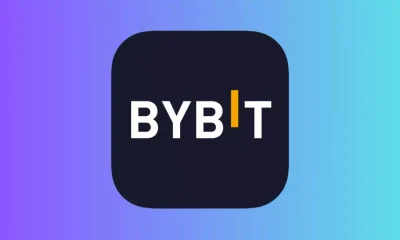
 Technology2 months ago
Technology2 months agoBybit Suffers Record-Breaking $1.5 Billion Crypto Hack, Shaking Industry Confidence
-
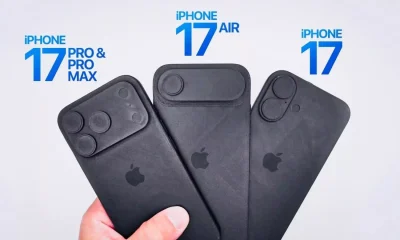
 Technology2 months ago
Technology2 months agoiPhone 17 Air and Pro Mockups Hint at Ultra-Thin Future, Per Leaked Apple Docs
-
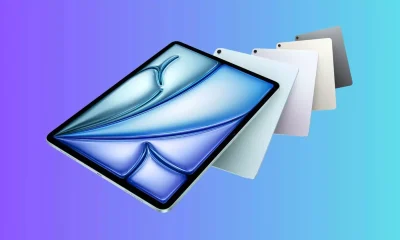
 Technology2 months ago
Technology2 months agoApple Unveils New iPad Air with M3 Chip and Enhanced Magic Keyboard
-

 Technology2 months ago
Technology2 months agoMysterious Illness in Congo Claims Over 50 Lives Amid Growing Health Concerns
